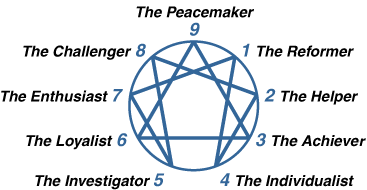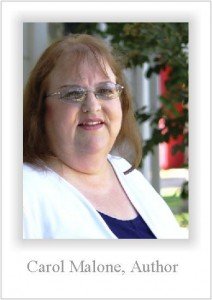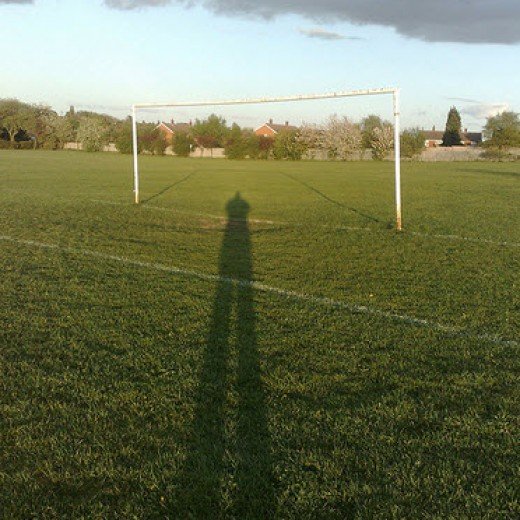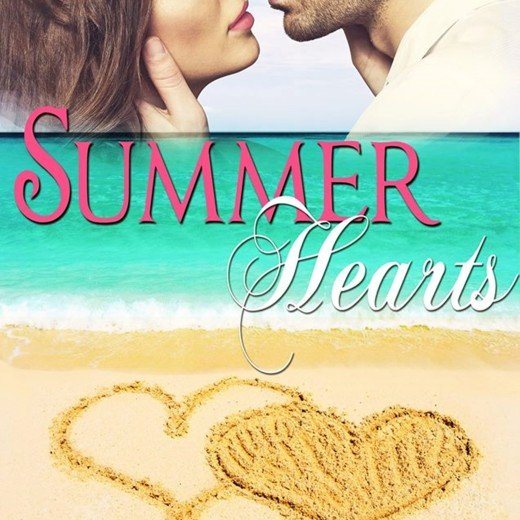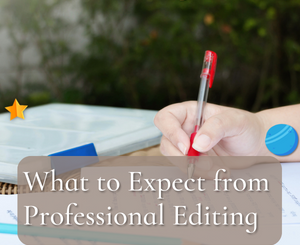On Enneagrams for Writers by Carol Malone
 Welcome back our author, Carol Malone as she continues her theme, “What I Wished I Learned First.” She answers the question posed at the end of her last month’s article: How can we change our reader’s experience and have them say our books have transformed their lives? She shares about using enneagrams for writers. Enjoy!
Welcome back our author, Carol Malone as she continues her theme, “What I Wished I Learned First.” She answers the question posed at the end of her last month’s article: How can we change our reader’s experience and have them say our books have transformed their lives? She shares about using enneagrams for writers. Enjoy!
***
About Fatal Flaws
The first workshop I took in January of this year was “Fatal Flaws” taught by the excellent instructor, Laurie Schnebly. As a romance writer, we all want to write about the perfect hero – a giant of a man, an alpha male, strong, determined, handsome-to-die-for, kind to kittens and small children, a friend to humanity, able to fix all the problems of the heroine, sexy as he#@, and all the rest of the outstanding qualities we expect. However, these characters are unrealistic and frankly – boring. Nobody can be Superman all day long. Eventually, our characters need to transform back into the geeky Clark Kent, the man who is unable to speak to the woman he loves.
Would it make a great read if the hero and heroine solve their difficulties in chapter one? {Hint: No.}
Would we keep reading if they were immediately happy with each other in chapter two, and have no arguments or conflicts the rest of the book? Even though we wish this were real life, it would be a totally tedious story to read.
What Laurie teaches is how to make our heroes and heroines believable, realistic, and submerged in a battle for survival.
How do we do that?
We make them like us. We give them personalities with strengths and flaws. Sometimes we need to give them, “fatal” flaws. Having these fatal flaws cause conflict.
Conflict drives the story forward. Fatal flaws create personalities in our characters so they not only butt heads with other characters, or their love interest, but wage internal war with themselves.
How often has your inner turmoil held you back, kept you from reaching out to others, or had you losing out on love? That’s why we want to read about characters who’ve overcome their fatal flaws, or at least faced them, and hopefully change.
How do we give our characters fatal flaws?
Laurie explains to understand fatal flaws within our own characters, and in ourselves, we need to delve into what is termed, “personality types.”
According to Laurie on her website:
“One tremendously useful tool for that is the enneagram (pronounced ANY-a-gram) [system.] “Ennea” is the Greek word for “nine,” so you can guess how many types there are within the enneagram system! … People have their basic enneagram number, but they also have traits of the numbers they’re connected to, and of the numbers on each side of their own. [insert enneagram pix] If you’d like to see which type you are—or your character is—you can take the enneagram quiz on this website, or see The Enneagram Made Easy by Renee Baron and Elizabeth Wagele.”
What are “enneagrams”?
And how do we utilize them to create deeper, more substantial characters?
Enneagrams are a system of psychological tools to help with personality discovery. But far deeper than knowing what your character’s type is discovering what lies buried beneath the surface, or under the façade they display to the world.
Questions to brainstorm:
- What “deadly sin” can you uncover in your characters that will leave an impression in the reader’s mind and get people talking?
- Will it be anger, pride, deception, envy, avarice, fear, gluttony, lust, or sloth?
- How will they demonstrate these flaws?
- And, what conflicts will arise in relationships because of these flaws?
- Lastly, how will your character come to terms with these flaws and prevail in the end?
There are as many ways to understand your characters as there are authors who write about the process.
Character-Creating Tools
Beth Barany, http://bethbarany.com/ my friend and book coach, provided a link to a site devoted to discovering “archetypes,” thesocializers.com. Among these differing charts is a brief description of enneagrams.
Some of these character-creating tools are:
- Character charts
- Sketches
- Interviews to conduct
- Astrology charts
- Chinese Zodiac Animal-types
- Even Tarot cards
- And archetypes.
Creating With Enneagrams
Because of Laurie’s workshop, and her book, Believable Characters – Creating with Enneagrams, I became fascinated by the nine differing personality types and easily found my hero and heroine’s types and their connecting subtypes.
I took the assessment test myself and found my personality ranges between the Type 6 and Type 9. I’m not going to discuss them here, but you should check out the Enneagram Institute and learn more about yourself by taking their test.
For example: My hero in my latest contemporary sweet romance is a fireman who is strong, brave, ready to charge into a burning building without a thought for personal safety. His enneagram is the Guardian. But he’s also, tender-hearted, family-oriented, peace-loving, best friend to all. However, he’s hurting. The heroine betrayed him when they were younger. His fatal flaw is a lack of trust. Can he ever forgive the heroine for betraying him and trust her again?
My heroine, a nurse, is a Giver. She’s caring, compassionate and determined. Turning down the hero’s proposal, she married a bad, bad-boy who cheated on her and then killed himself in a base-jumping accident. She is embarrassed she chose the bad, bad-boy over the charming hero and holds her shame like a shield. In other words, she’s too proud to admit she made a mistake and move on. She feels unlovable. Those are her fatal flaws. Can you see conflict arising from their personality clashes and fatal flaws?
We all want our reader’s to fall in love with our characters.
This is no easy feat. Through educating ourselves with the differing personalities people possess, we can make our characters stronger, more believable, give them something to make them human and relatable. We all want characters our readers will root for, cry over, grieve with, and suffer alongside, because they will suffer, or your story will.
Our characters need something, either from their past, or something psychological, or a physical problem, they have to overcome when faced with obstacles you’ve tossed in their path.
What engages the reader is having the conundrums stack up until the characters reaches DEFCON 1 – in other words – World War III is about to blow down the door.
Laurie’s system and coming to understand the nine personalities types of the enneagram system will aid you in designing characters who are thrown to the lions, so to speak. Because of their personality types and the journeys each must walk, they will work their way out of the lion’s jaws and into each other’s arms.
Studying Enneagrams can help you in many ways. Take the test on the Enneagram Institute website. Discover your own personality type. Then apply what you’re learned to your characters. You are taking this fantastic journey right along with your characters. Make them memorable!
If you take the test, please come back and in the comment section below, and tell me what personality type you are, and what you learned about yourself.
How can you apply that knowledge to creating unique characters?
The question for our next installment is: How can you infuse your characters with real emotions? Or how can you SHOW emotional reactions instead of TELLING the reader about them?
***
ABOUT THE AUTHOR
Carol Malone successfully combined her three passions – romance, sports, and writing in her 5-star rated book Fight Card Romance: Ladies Night. The first woman to climb under the ropes of the boxing ring in an all-male dominated genre, Carol created a mash-up of happily ever after and kick-in-the-pants, fist-pounding action. Her books entice readers to scramble into a front row seat for a power-packed thrill-ride or swoon to stories of tender sweet passion. If not hammering out new tales, Carol reads, watches sports or the Food Network on TV, or hangs with her author husband on the coast of California. She invites you to read about her latest book releases, chat about sports and amour. To do that, please visit her website, LIKE her Facebook page, or send a Tweet.
Website: http://carolmalone.net/
Facebook: https://www.facebook.com/carolmaloneauthor
Twitter: https://twitter.com/CarolAnneMalone

